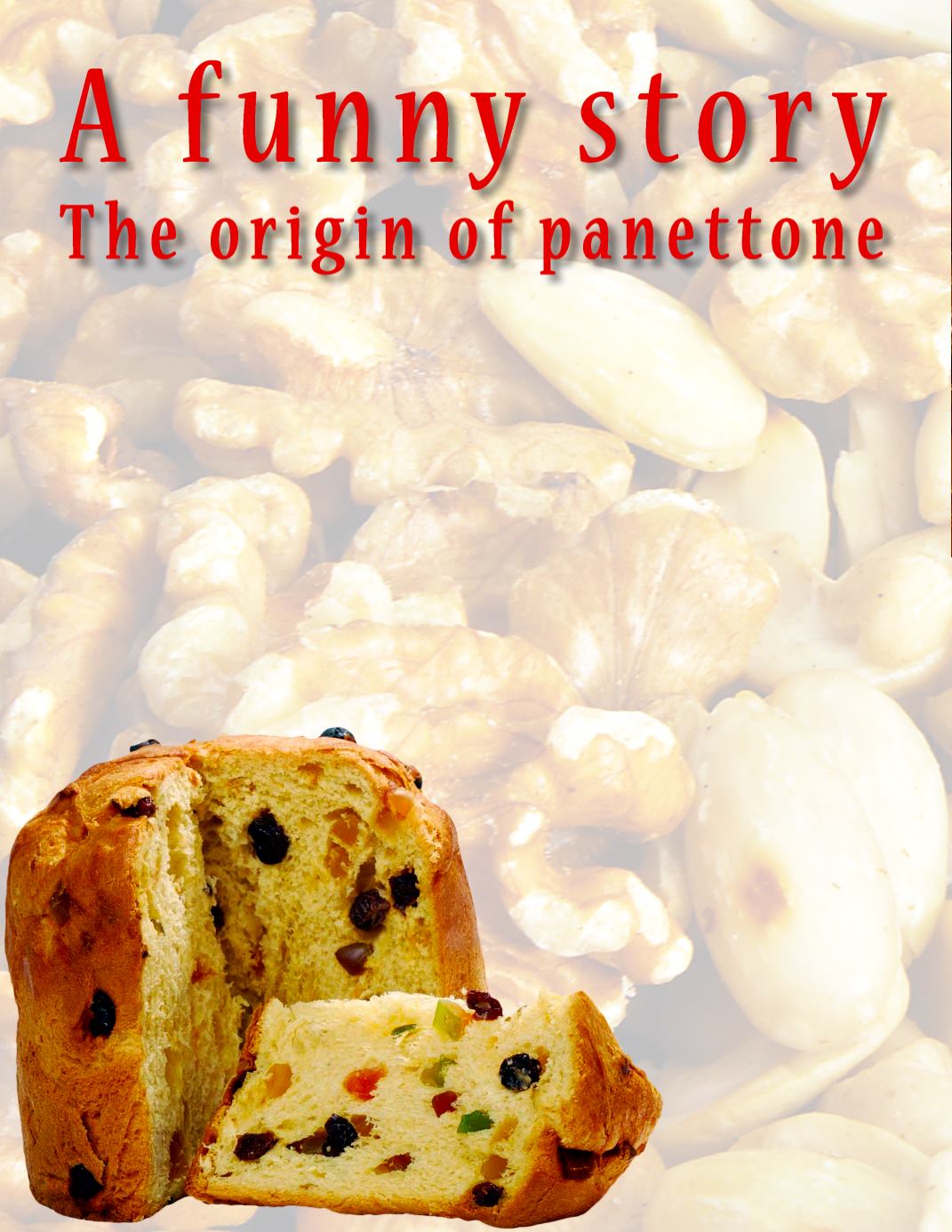

O
nce upon a time, a hand-
some young Milanese noble,
Ugheto Atellani, loved falconry. His
favorite place to fly his falcons was
near a poor baker’s shop. As he
sat under a fig tree, waiting for his
falcons, he could see the beautiful
baker’s daughter, Adalgisa, hard
at work. Of course, Ugheto fell in
love and couldn’t bear to see the
object of his love, work so hard for
so little. He disguised himself as a
peasant and offered to work for the
baker for free. He discovered he
enjoyed baking; however, he didn’t
feel the coarse corn cakes that the
baker made for Christmas were
worthy of the work Adalgisa put
into them. In order to buy the fine
flour and
eggs he had been accustomed
to as a noble, Ugheto sold his
beloved falcons. He added dried
grapes and candied fruits. Word
of the wonderful bread spread and
the baker became very successful.
Ugheto removed his disguise to re-
vealing the nobleman he was and
asked for Adalgisa’s hand in mar-
riage. The duke of Milan, Ludovico
Sforza arranged the wedding, to
which Leonardo da Vinci came as
a guest. Of course, the cake-like
bread was featured at the wedding
and became known as Pan de Ton
which, in local dialect, means “the
bread of luxury”.
Italians consider Panettone a
Christmas staple and American
grocery stores stack it
in enormous displays
during the Christmas
season, but what’s
the story behind
this seasonal
Italian fruit and
nut bread?
Panettone is
said to origi-
nate from the
Italian word
panetto, or a small loaf cake. Early
written records call it pane di tono,
or “luxury cake,” which is fitting for
this rich, brioche-like bread made
with butter, eggs, milk, currants,
orange zest, and nuts. Panettone
typically undergoes hours of proof-
ing and rising to give the bread its
distinguishable tall, rotunda-like
shape and fluffy, light texture.
Many Italians gift loved ones pa-
nettone during Christmas and New
Year’s, and it’s such a huge sym-
bol of Italian culture that the coun-
try is undergoing efforts to stamp
authentic Italian panettone prod-
ucts with a controlled designation
of origin tag, as Brazilian-made
panettone is more readily available
in the United States.
There are many legends as to
the origins of panettone, a sweet
bread that is enjoyed during the
Christmas and New Year’s hol-
idays in Italy. Traditionally, it is
made from a sour dough starter
and rises at least three times. Of-
ten it is in the shape of the cupola
at the top of a church with a tall
base and fluffy top.
As in all recipes Italian, everyone
believes that either they or their
mother makes it the best. In the
case of panettone the compe-
tition almost came to blows
in the 1930’s. Trying to out
produce each other, two
Milanese bakeries Motta &
Alemagna, discovered how to














